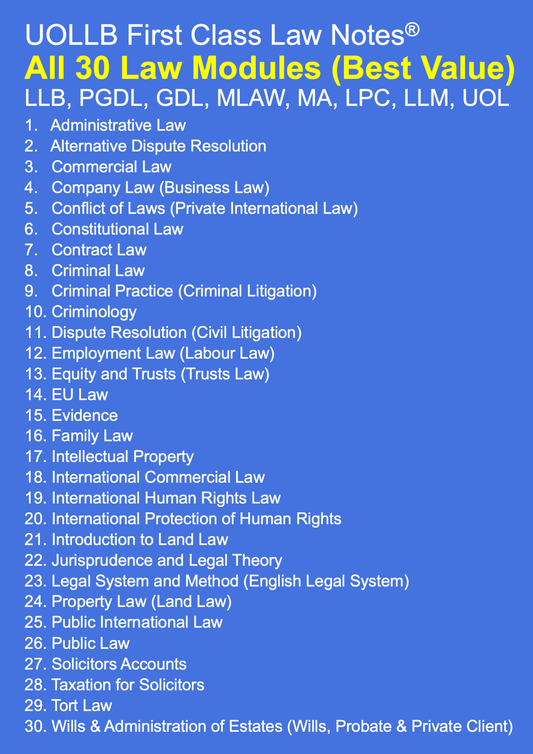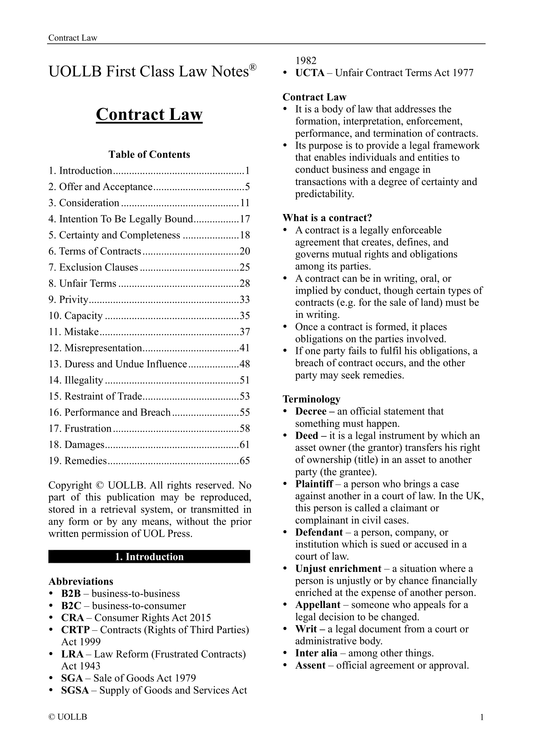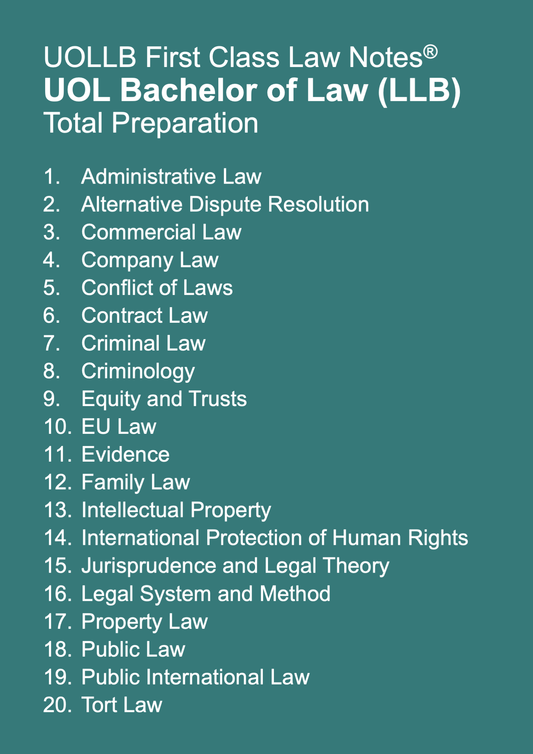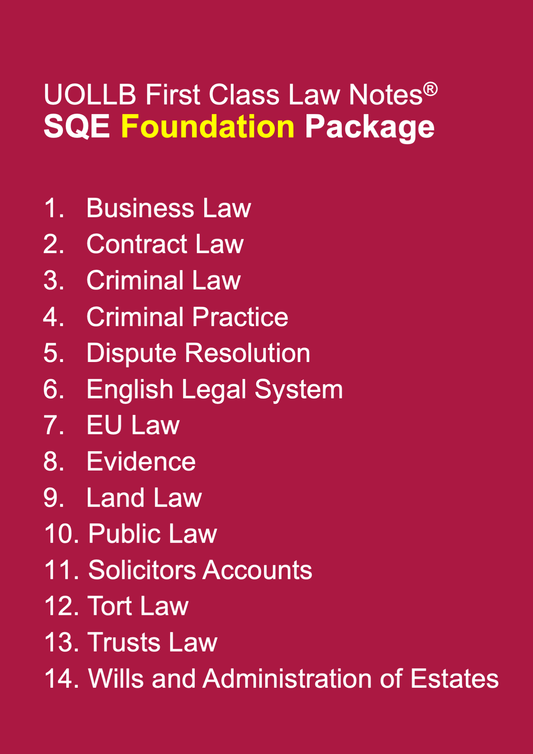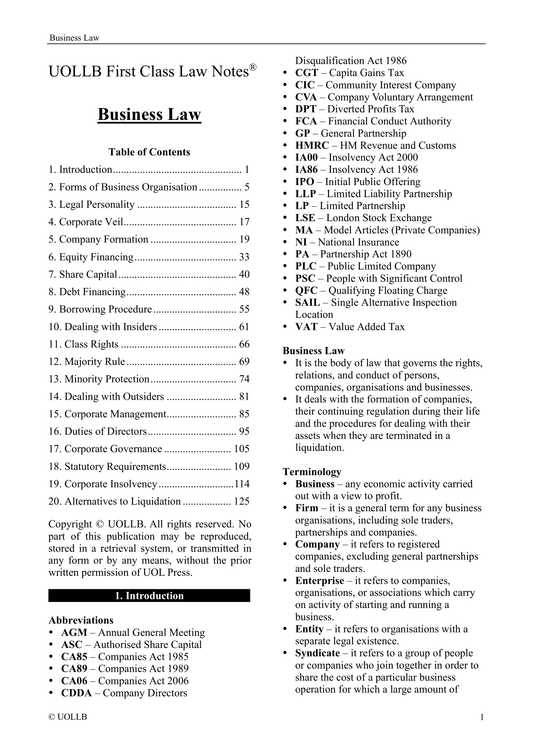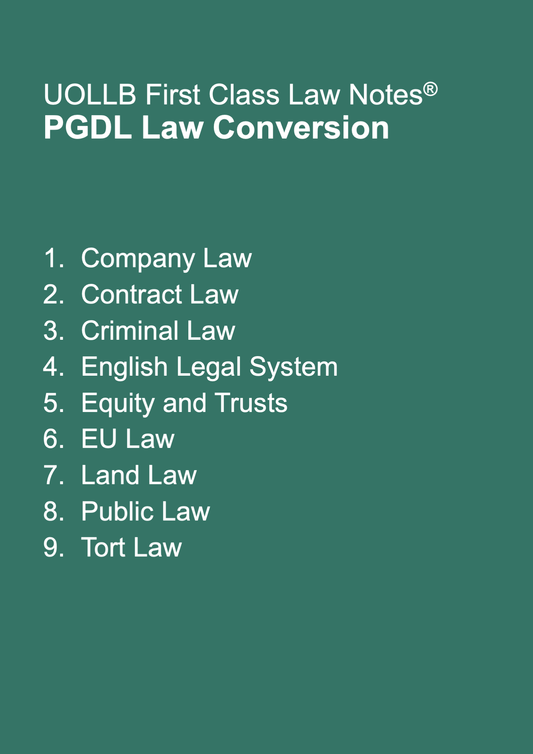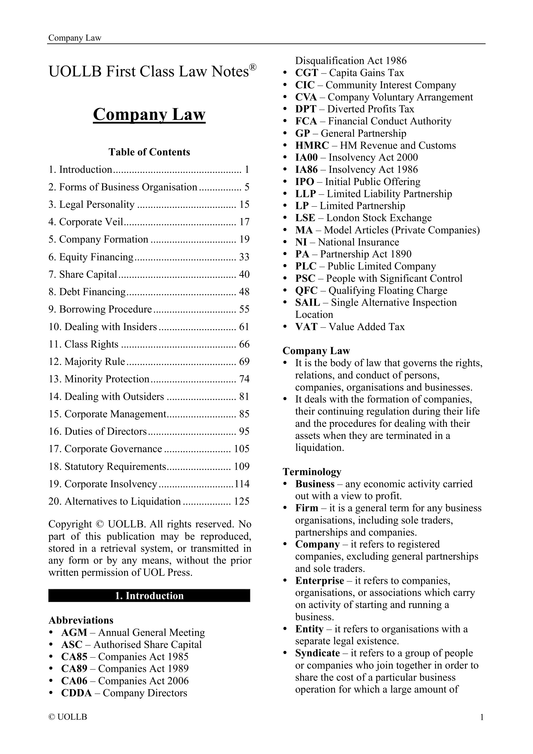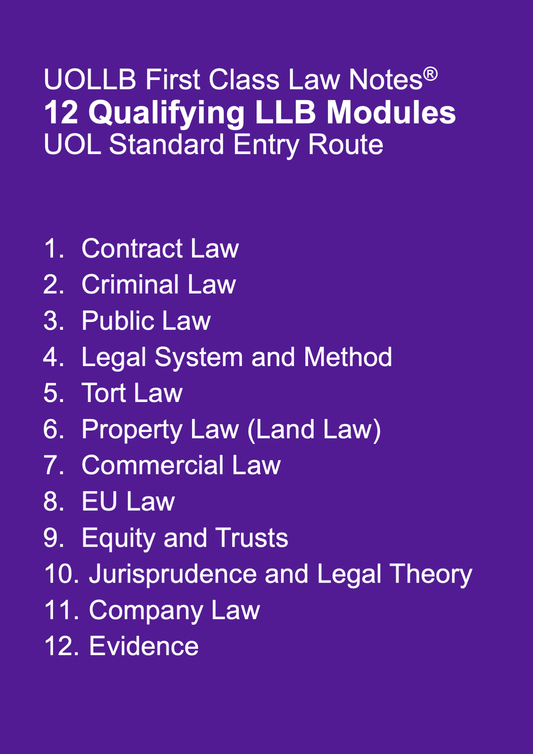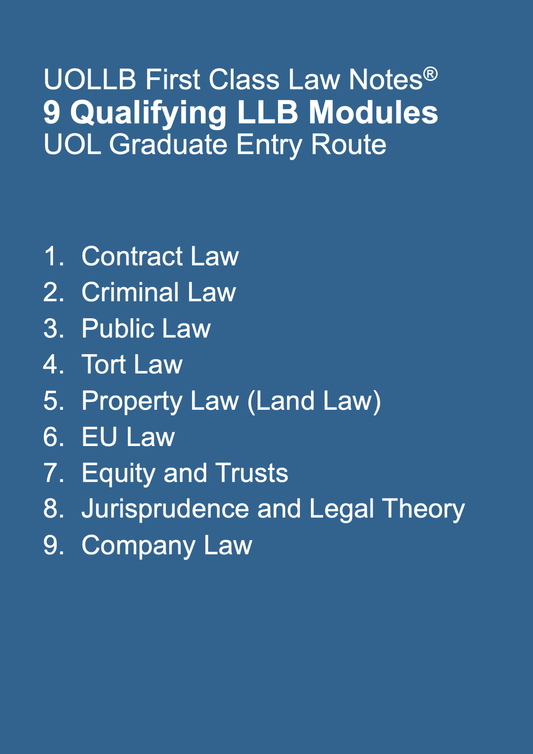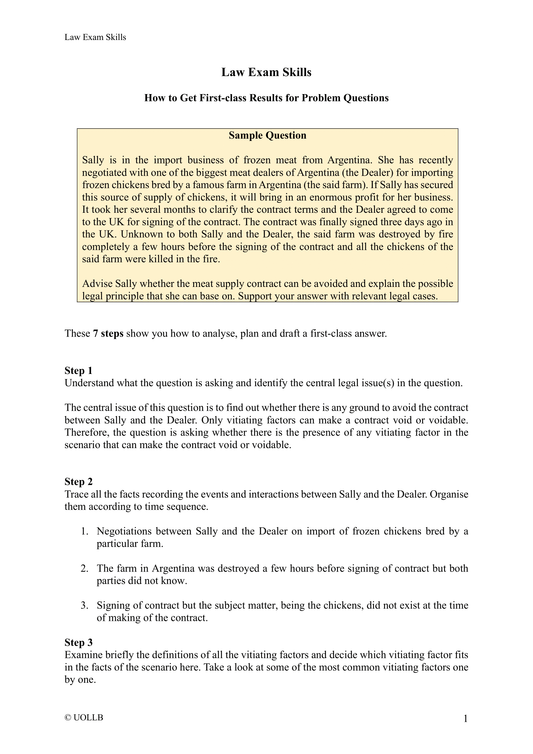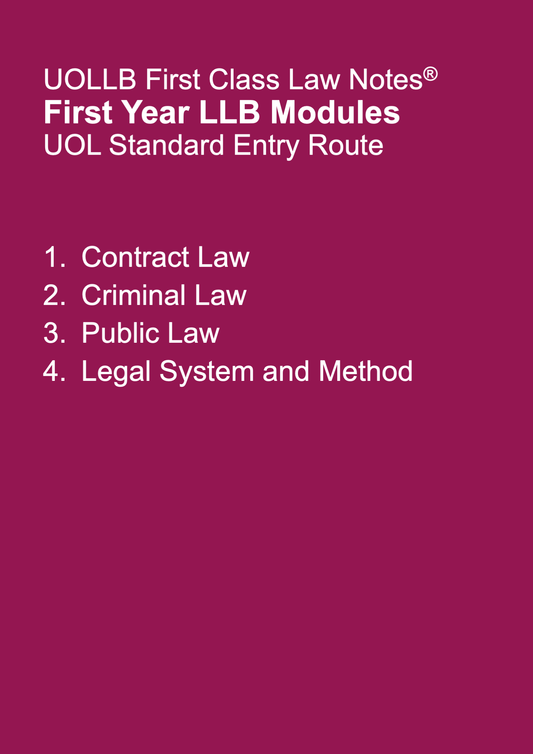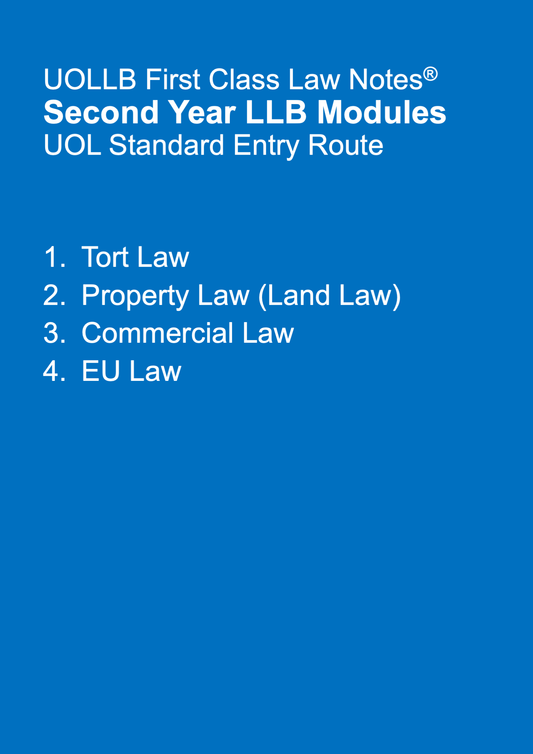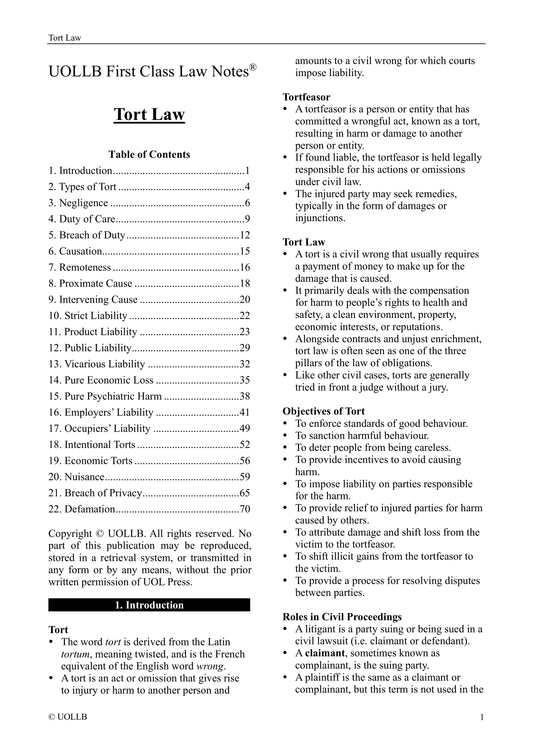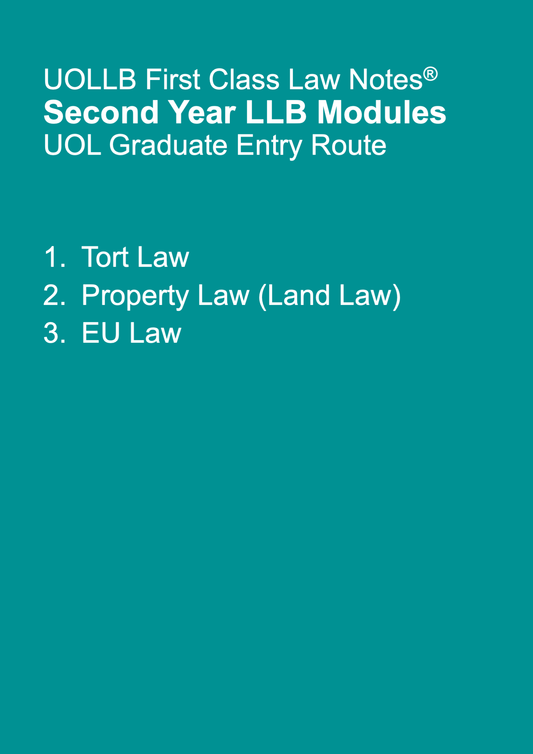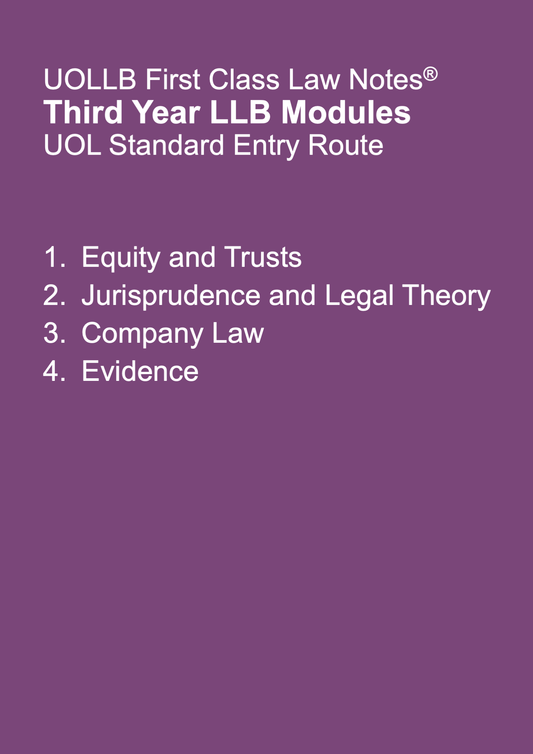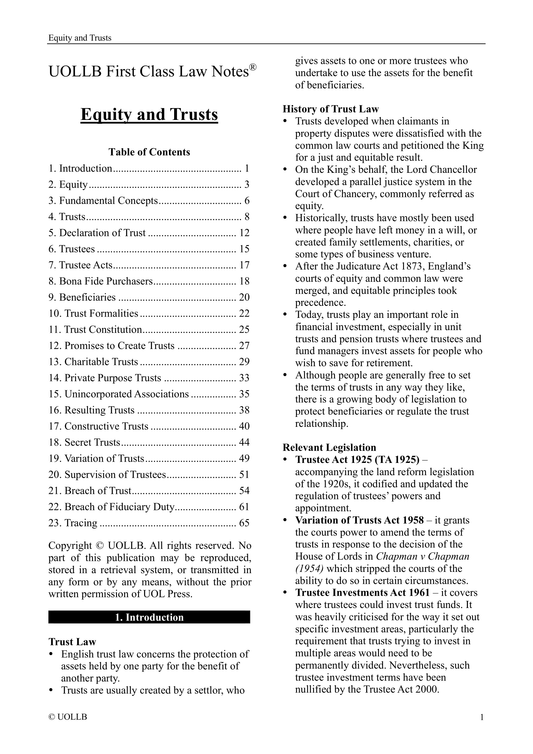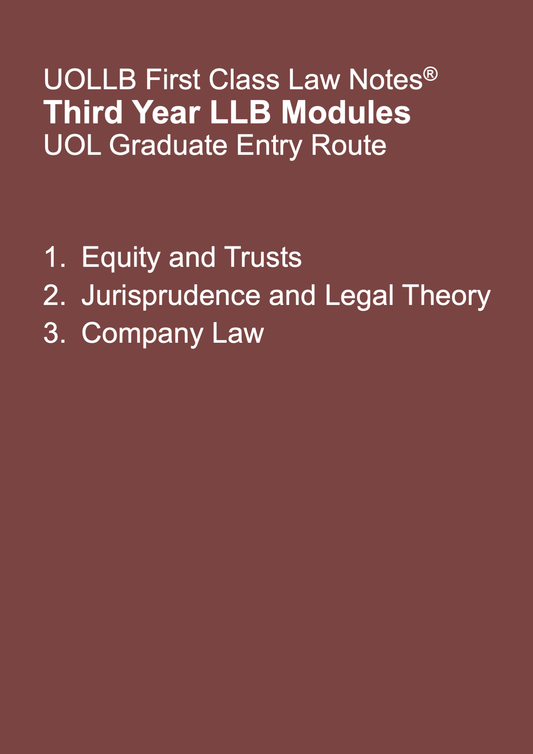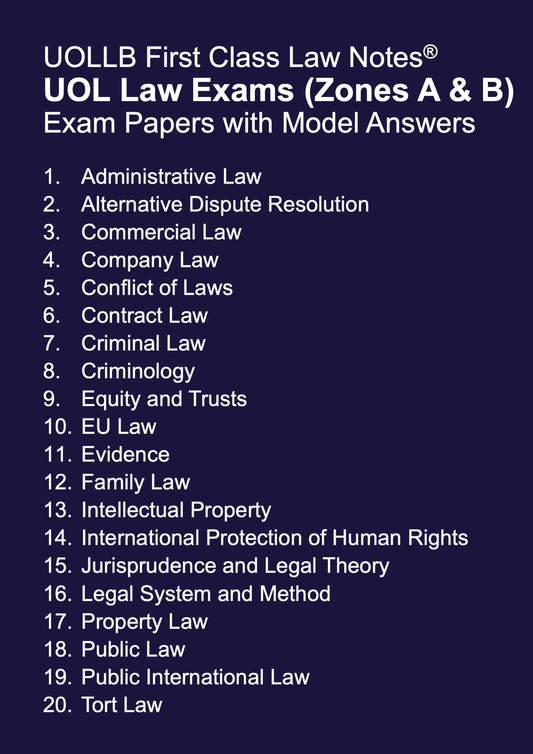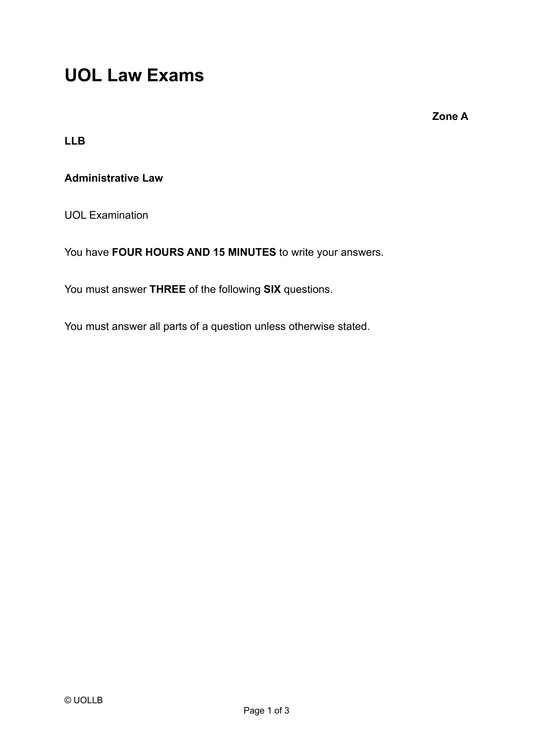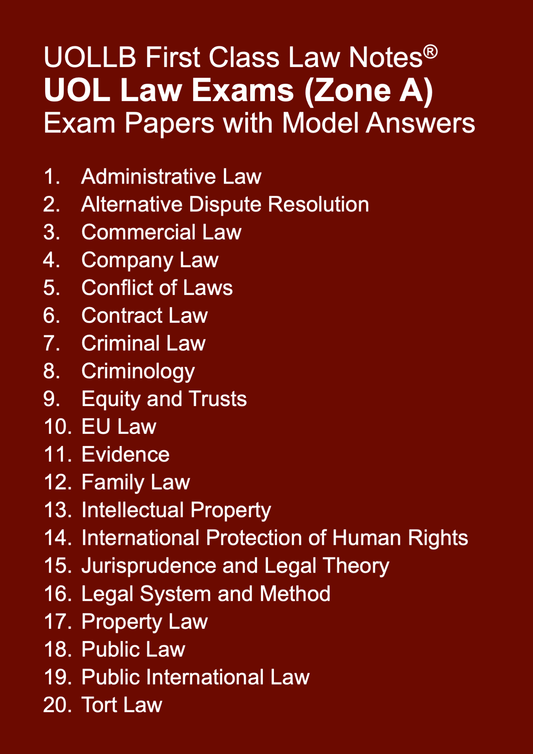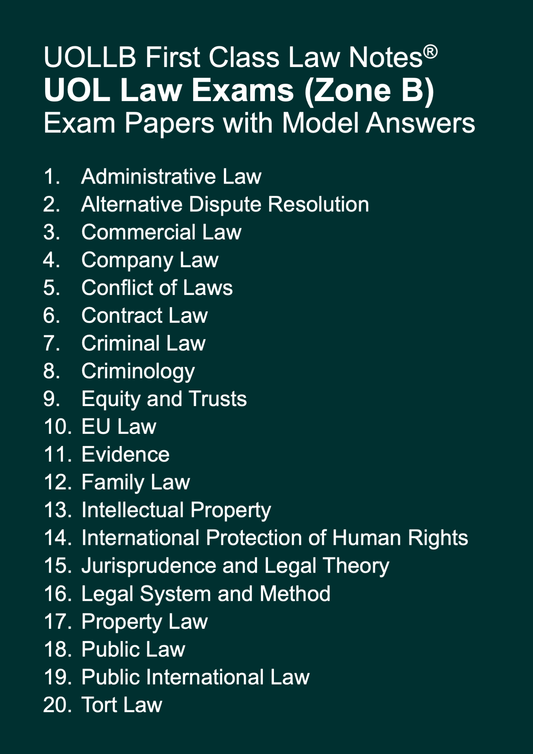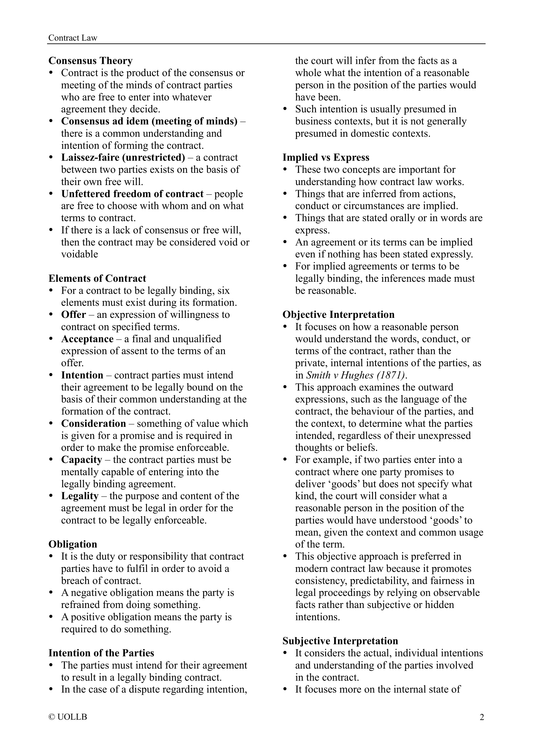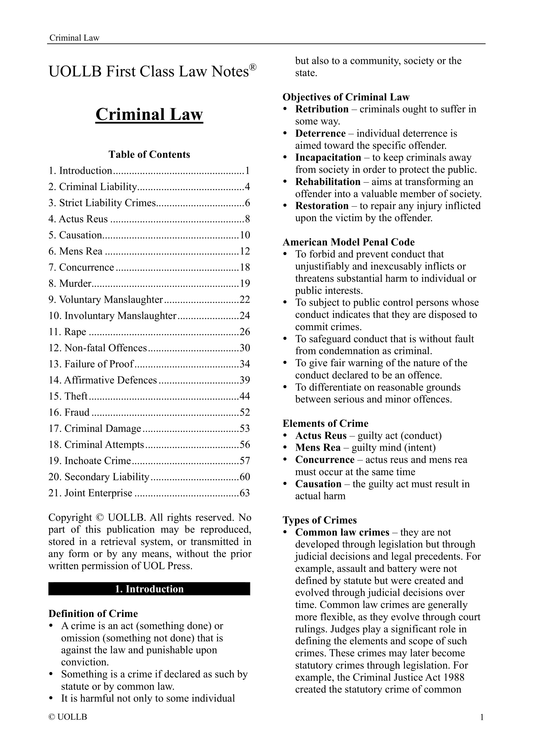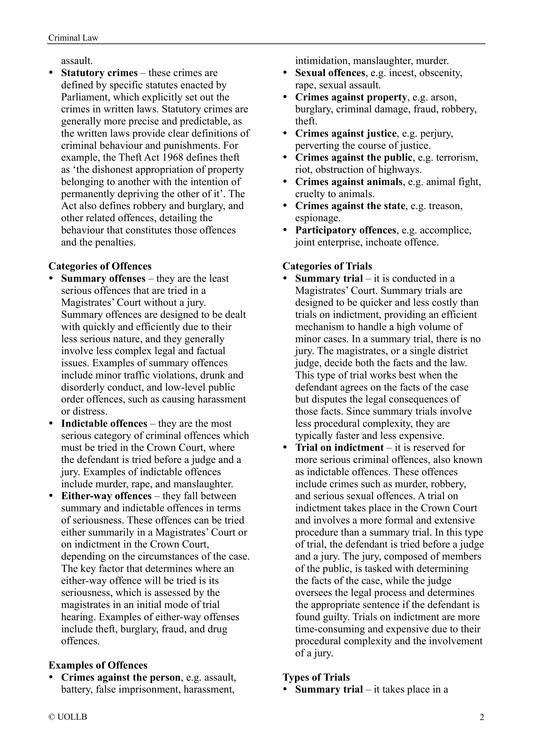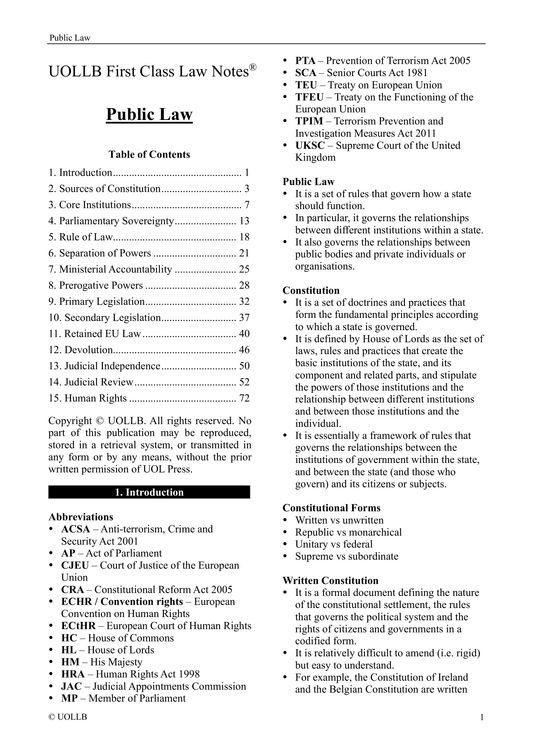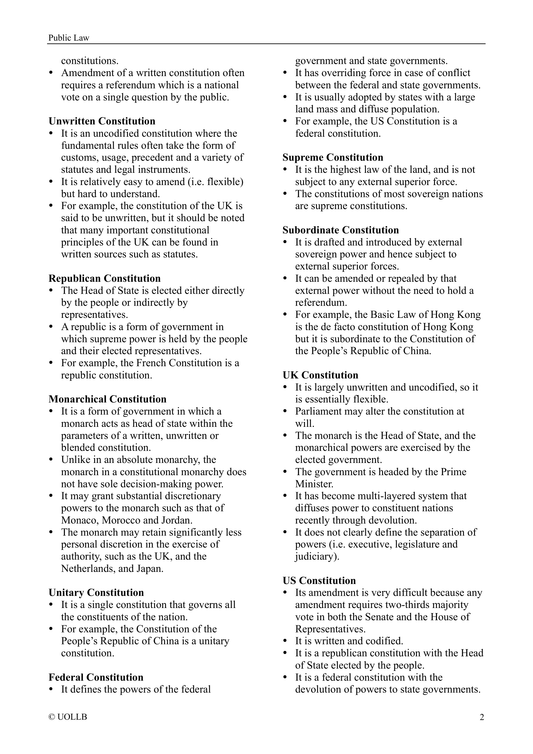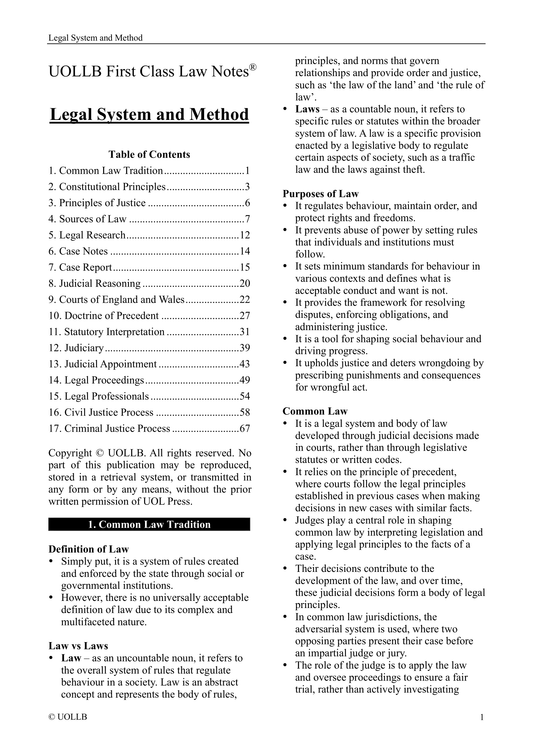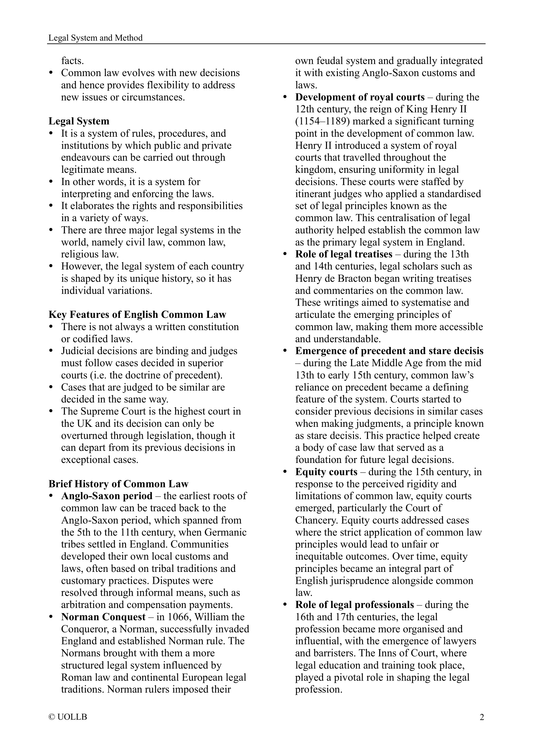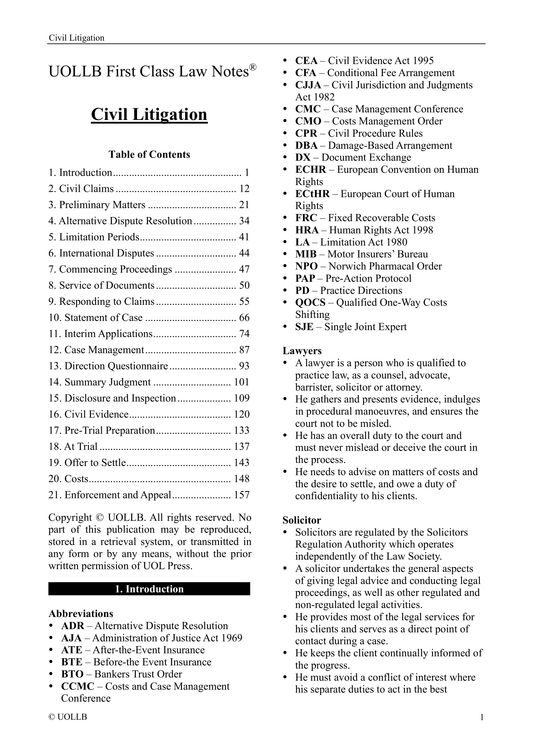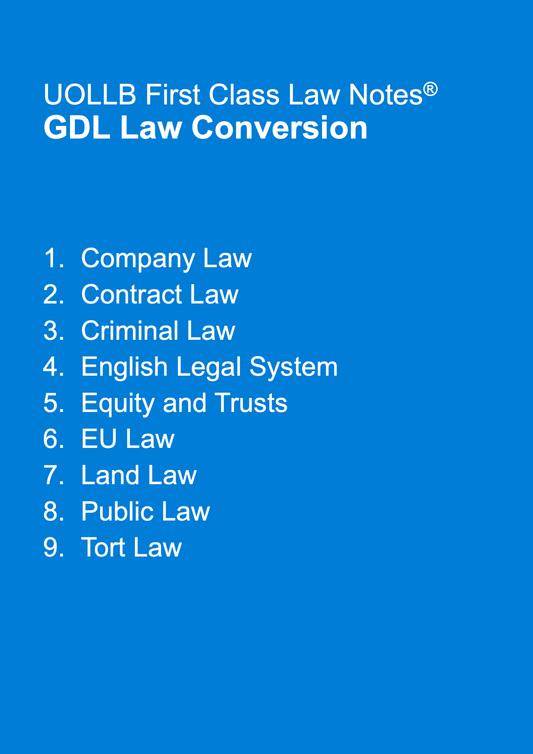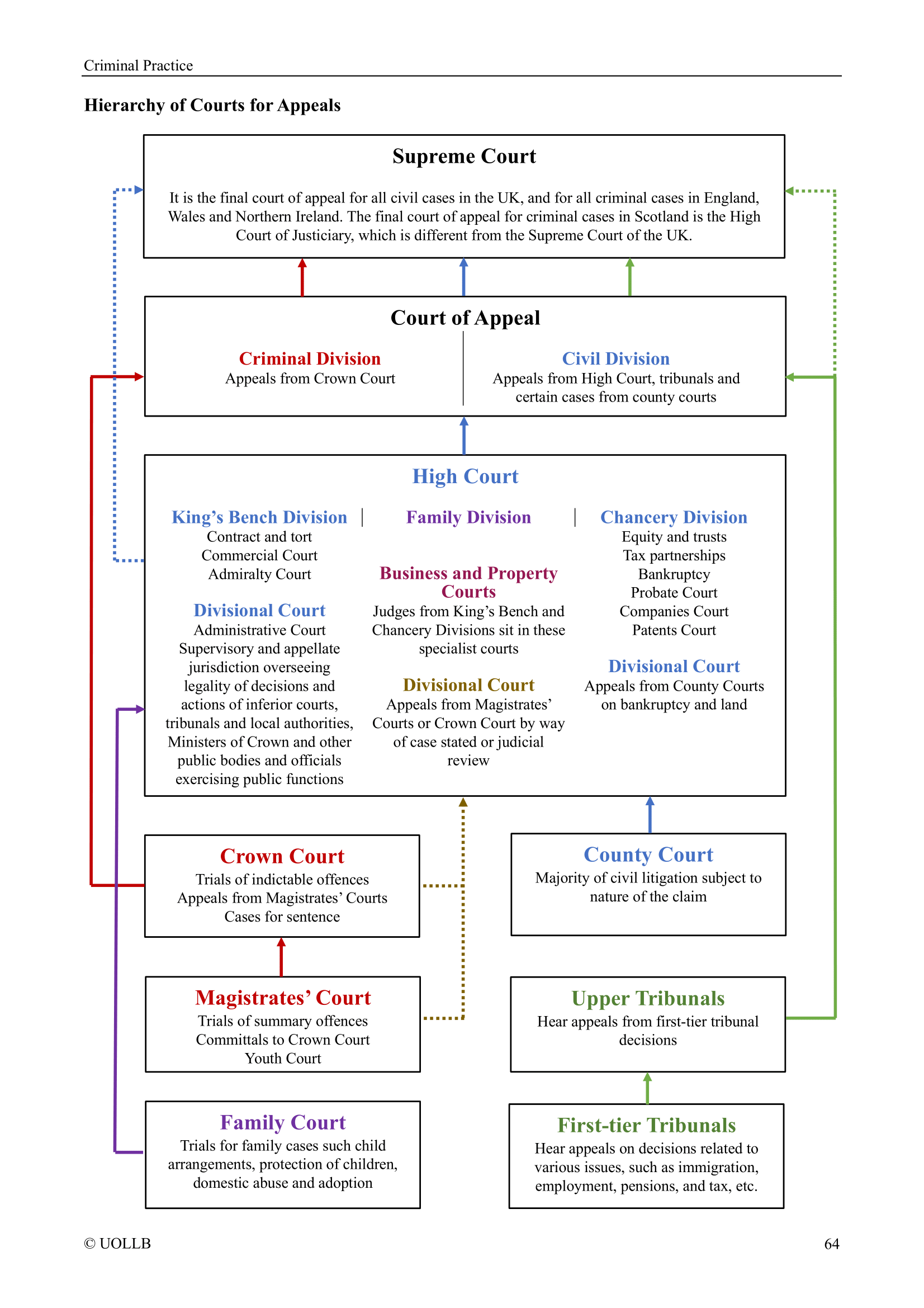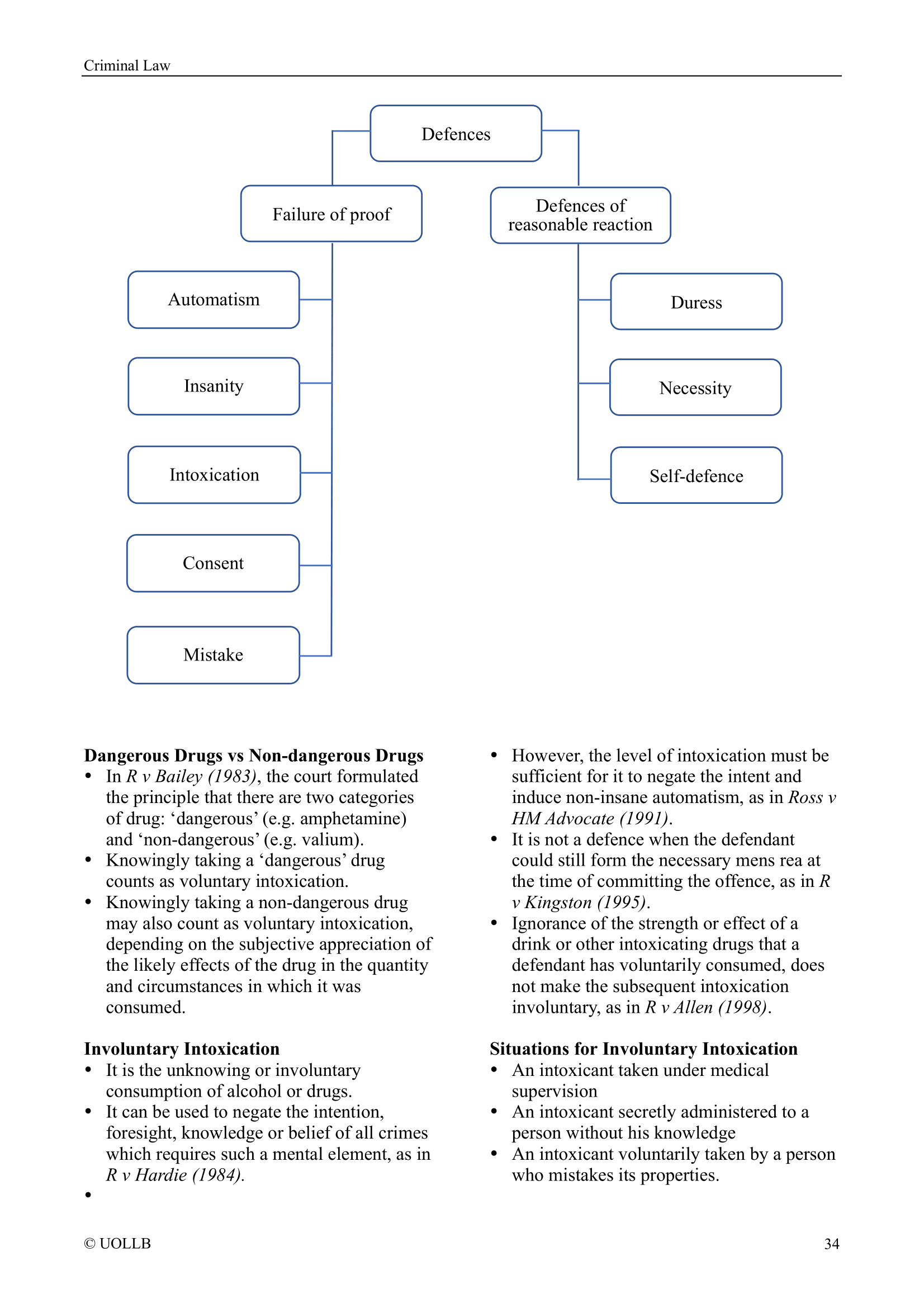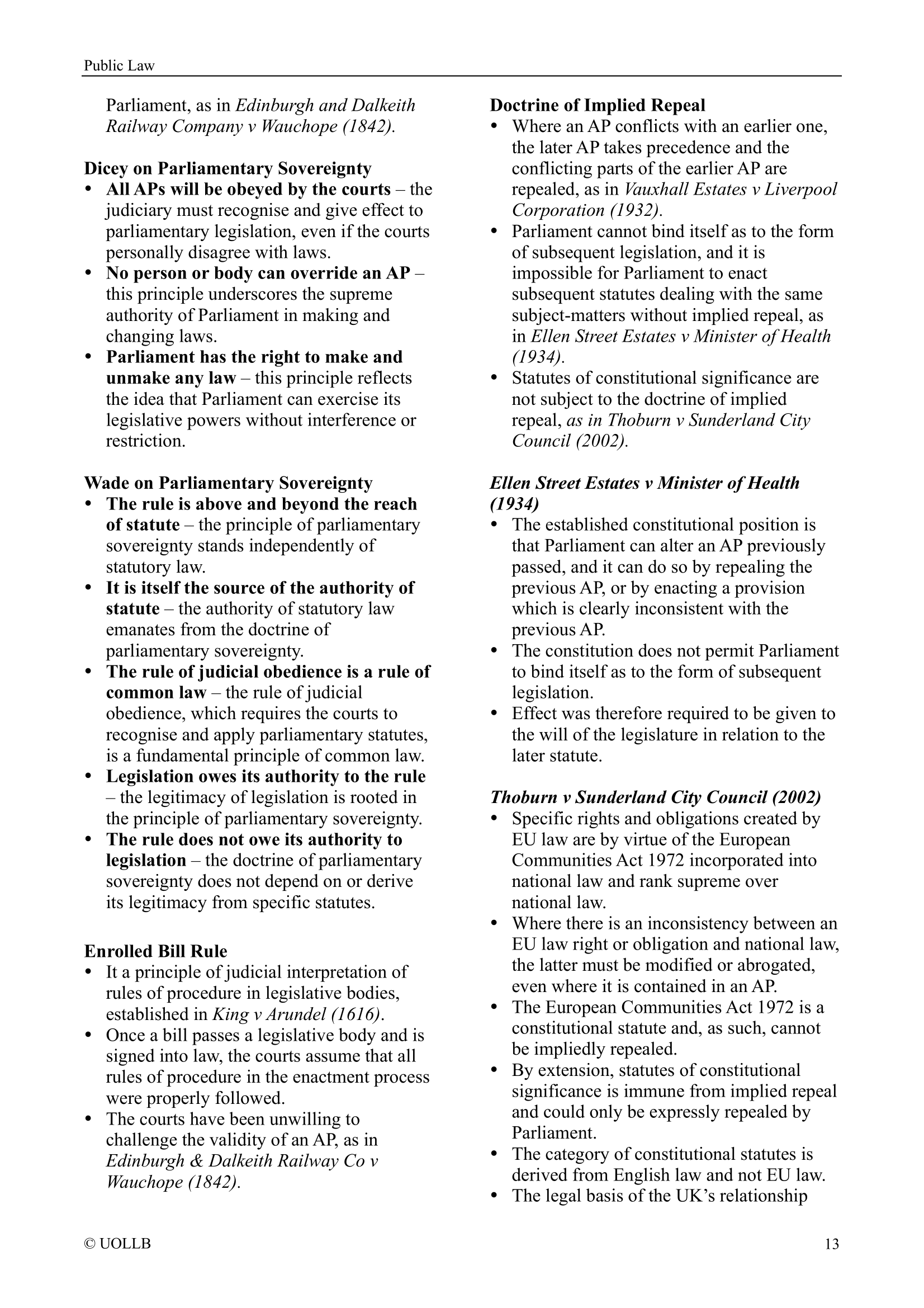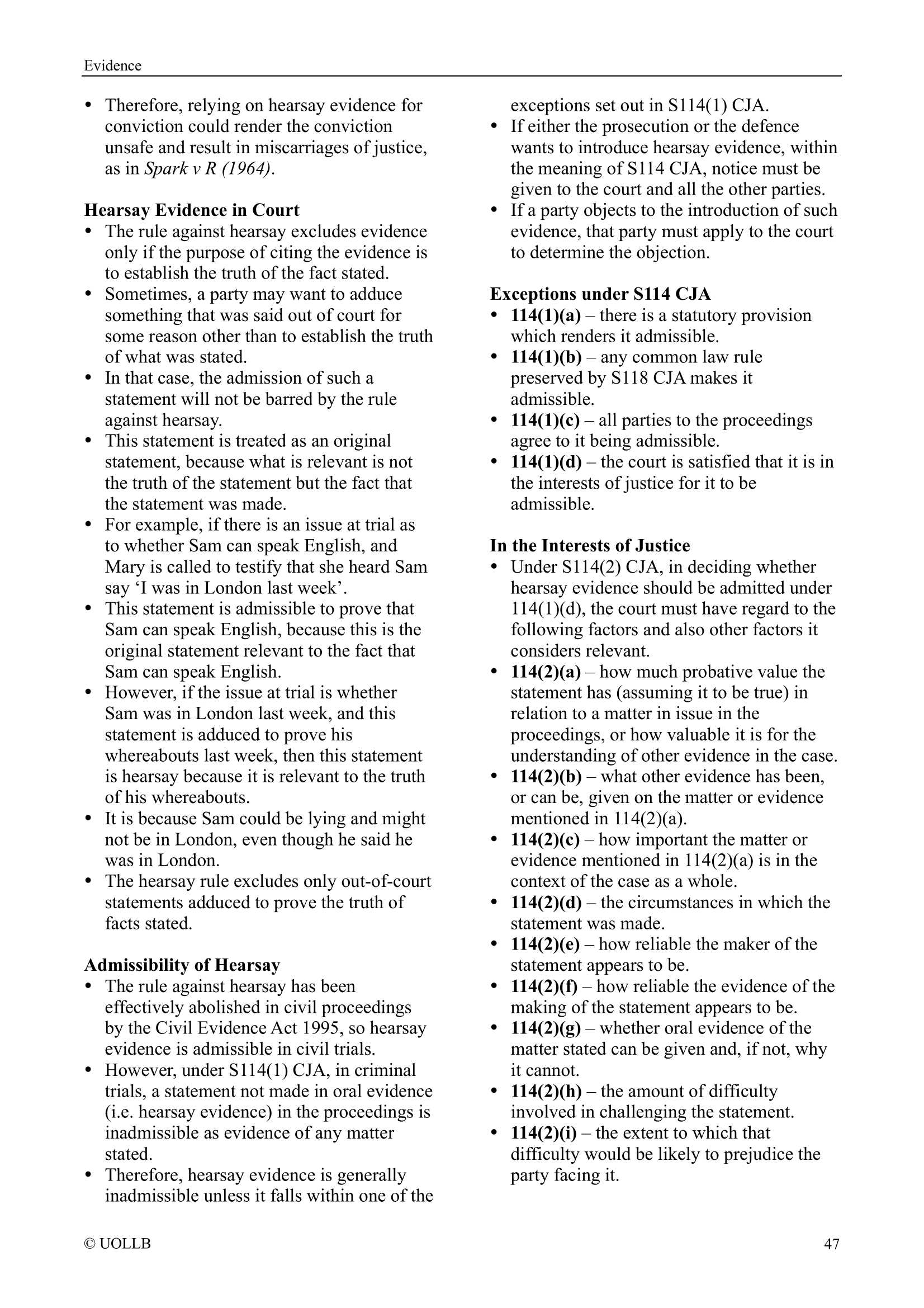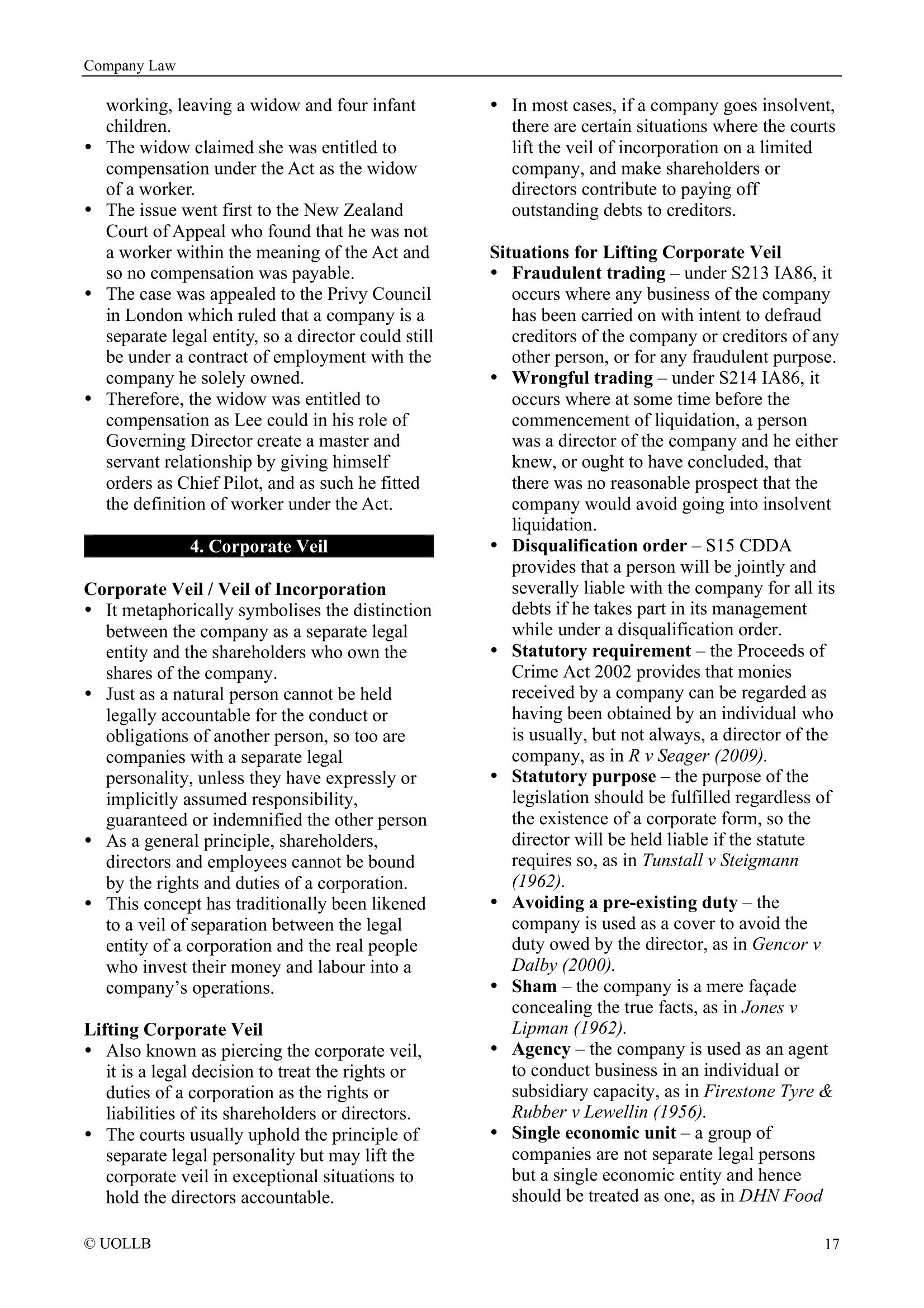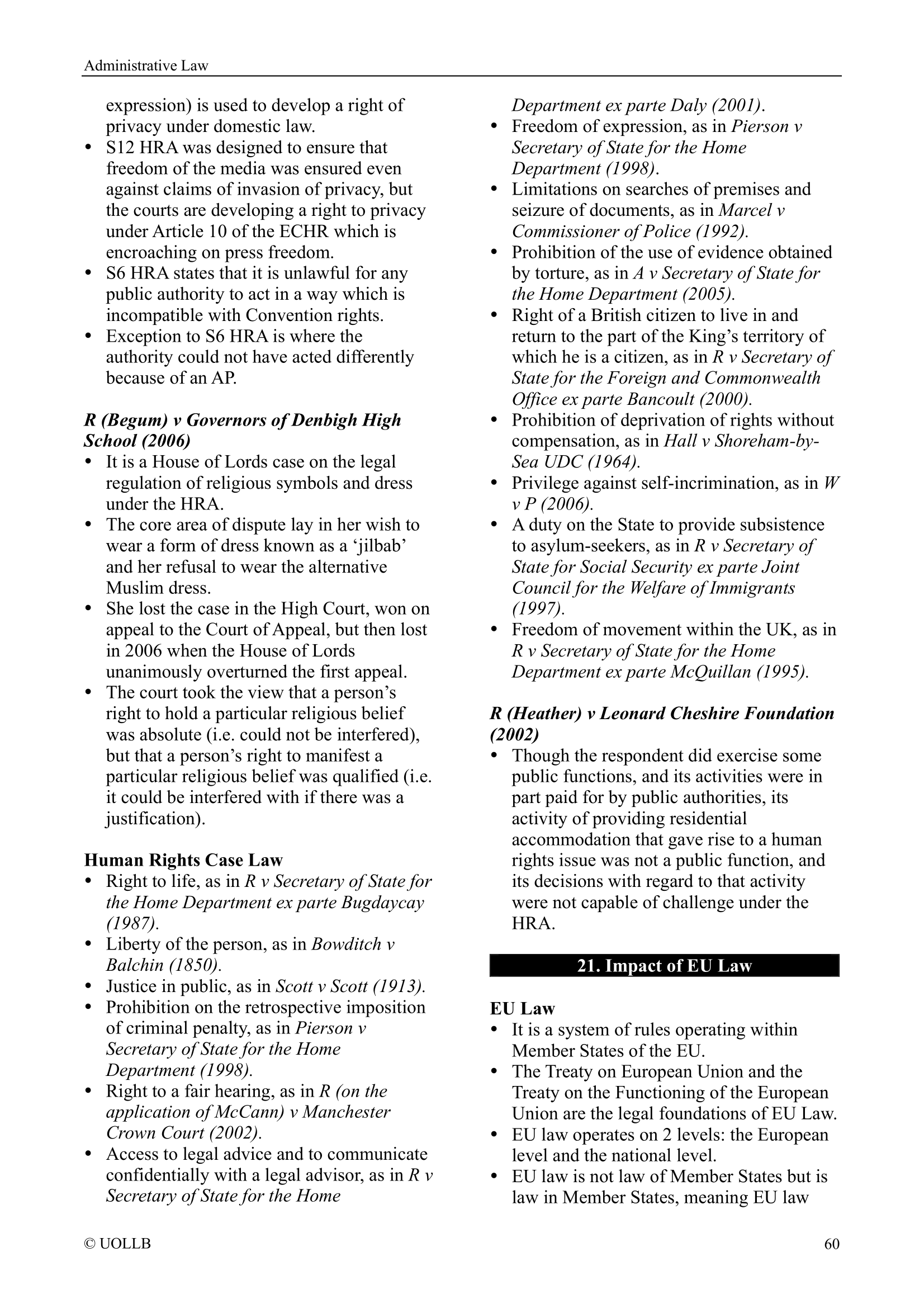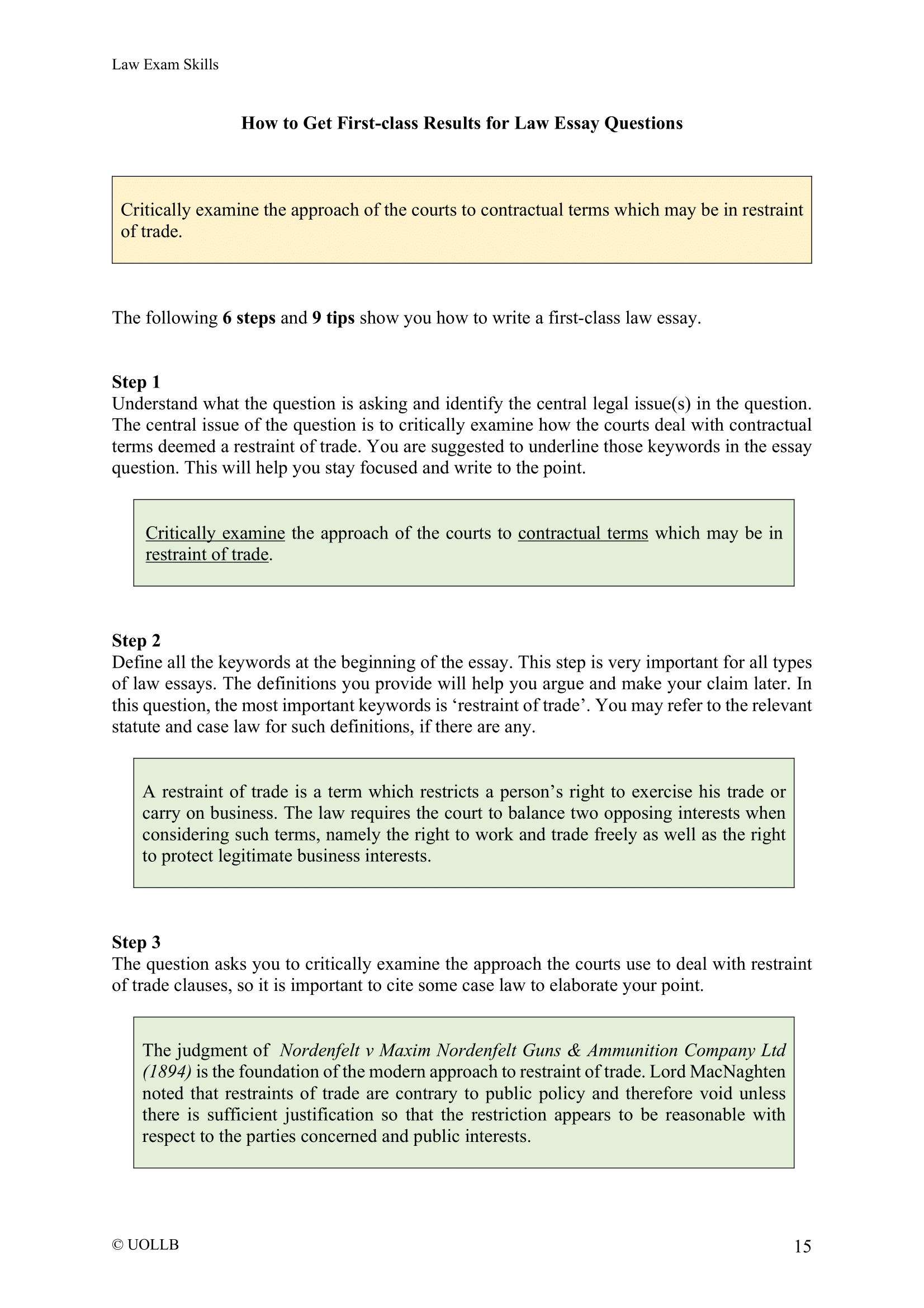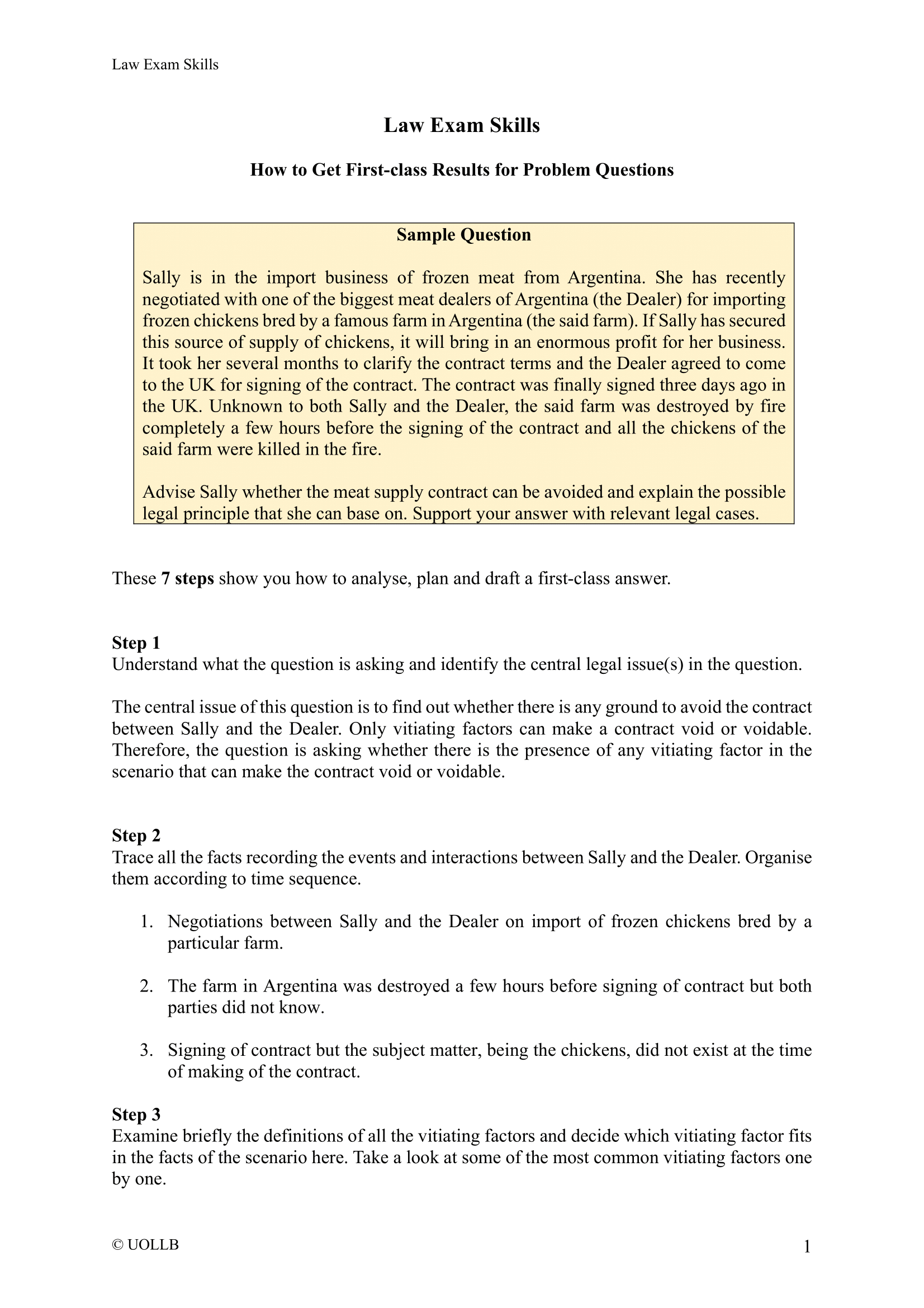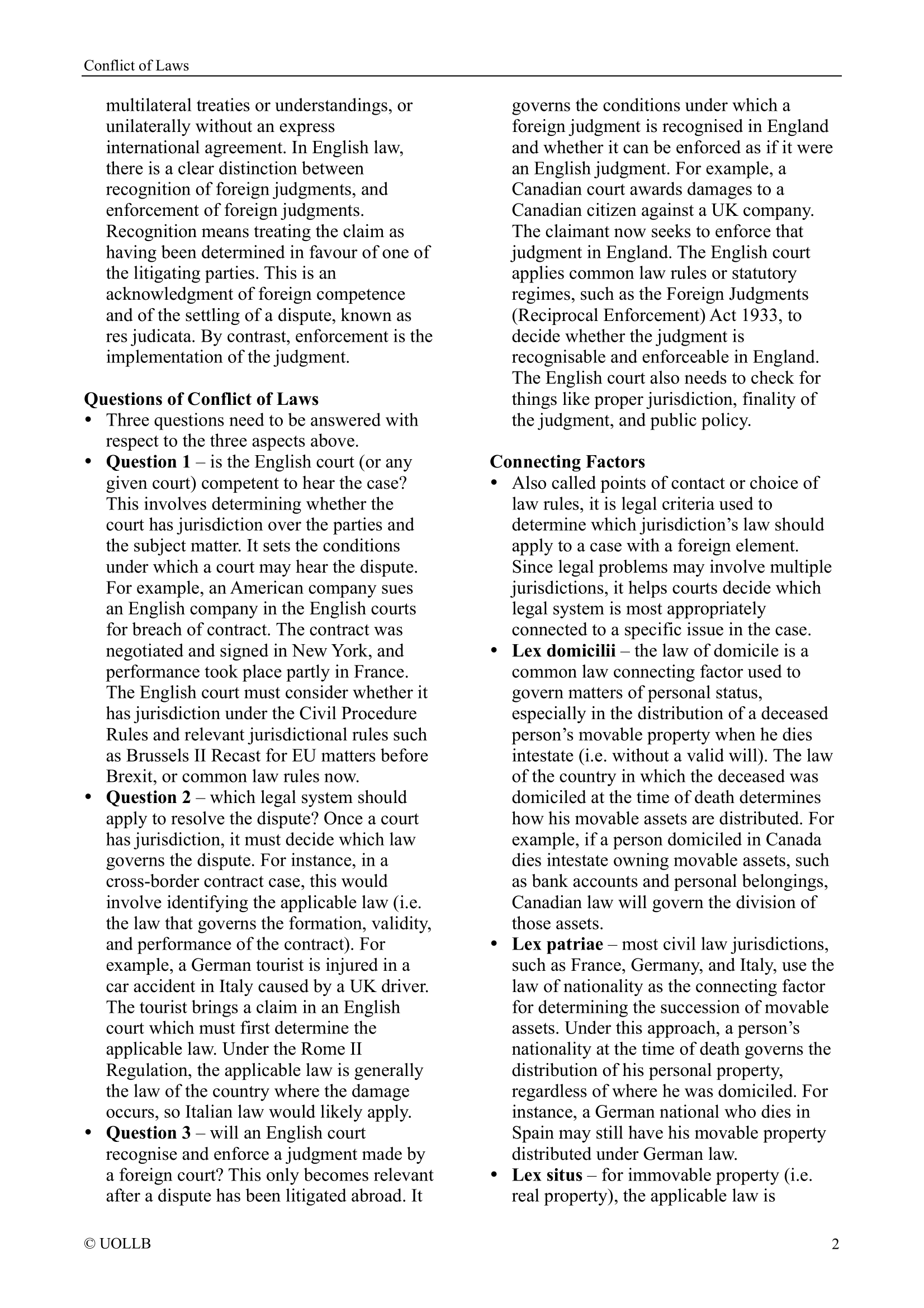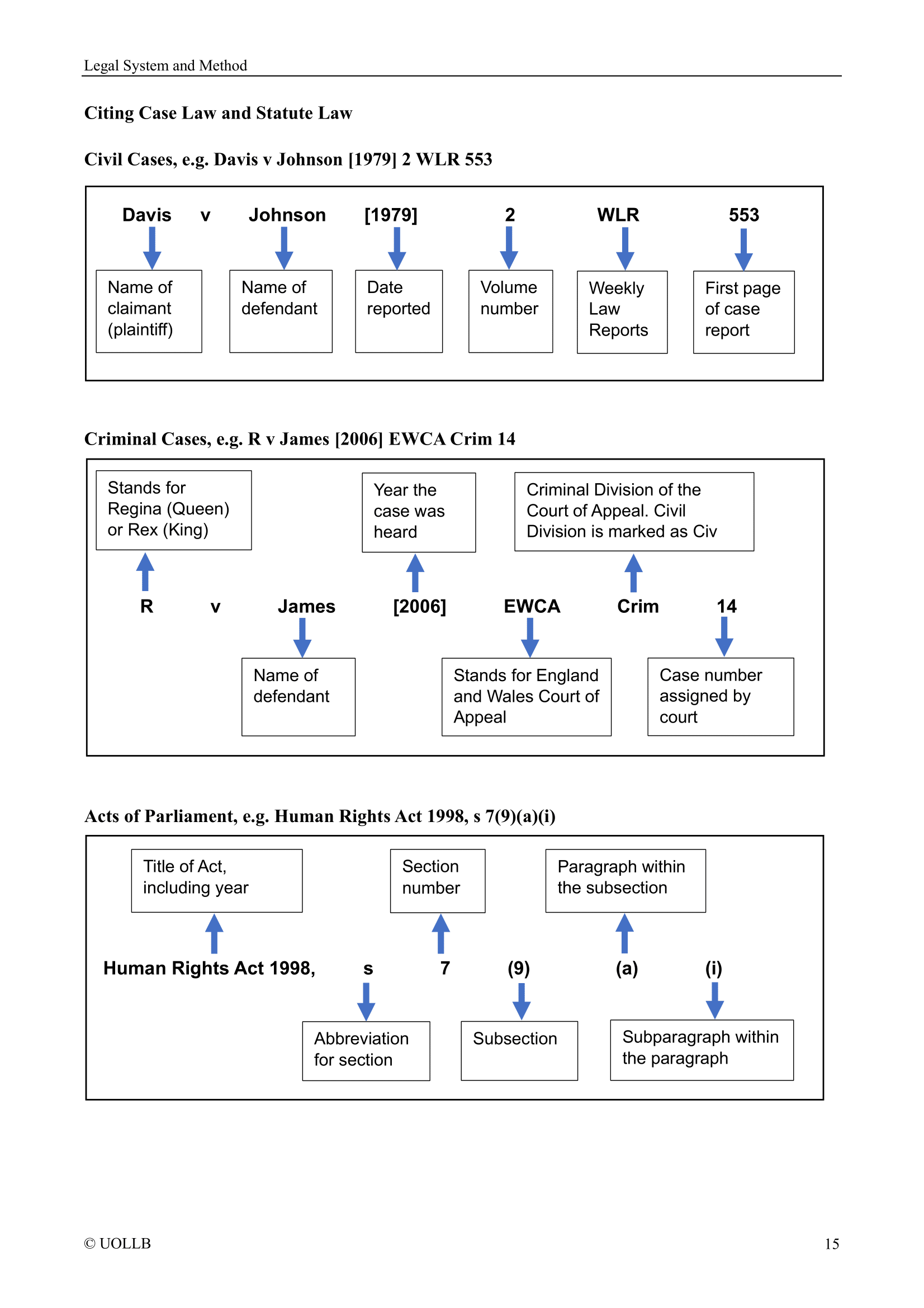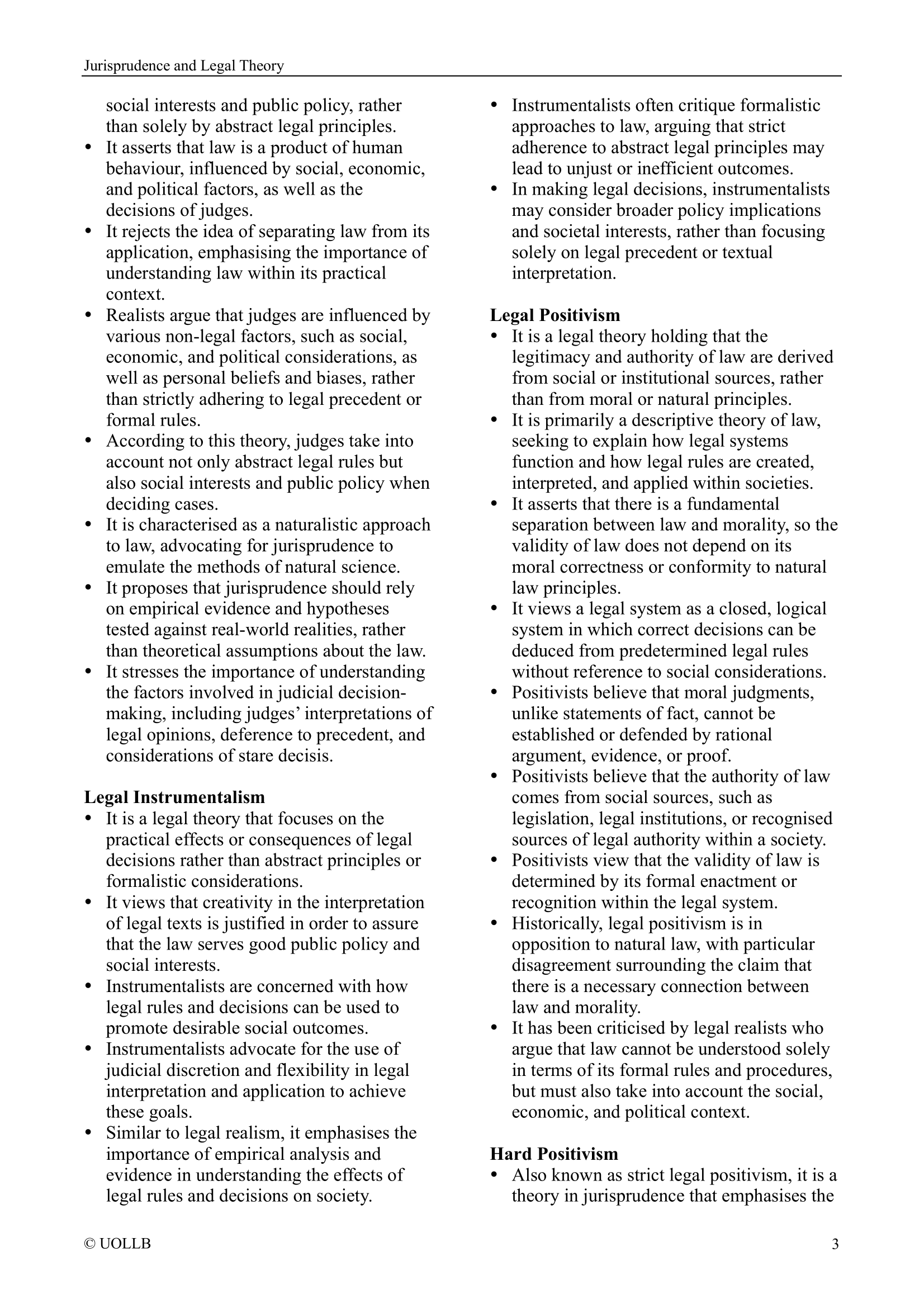Social Disorganisation and Social Ecology
Share
Social disorganisation and social ecology are two interconnected concepts that help explain the relationship between crime and the social environment in which it occurs. They provide insights into how neighbourhood characteristics, community dynamics, and social factors influence the occurrence of crime.
Social disorganisation: Social disorganisation theory posits that crime rates are influenced by the structural and cultural characteristics of a neighbourhood or community. When a community experiences high levels of poverty, residential mobility, ethnic diversity, and a lack of social cohesion and informal social control, it becomes socially disorganised. This disorganisation disrupts the ability of the community to effectively regulate and control behaviour, leading to higher rates of crime and deviance.
Social ecology: Social ecology examines the interaction between individuals, their social environment, and the physical spaces they inhabit. It emphasises the interplay between the characteristics of a neighbourhood or community, such as its socioeconomic status, social networks, and physical infrastructure, and the behaviour and activities of its residents. Social ecology theory suggests that crime is not solely a result of individual characteristics but is shaped by the social and physical context in which individuals live.
The connection between social disorganisation and social ecology lies in the understanding that the social organisation and structure of a community influence the likelihood of criminal behaviour. Communities with strong social bonds, cohesive networks, and effective social control mechanisms tend to have lower crime rates. Conversely, communities with weak social ties, high levels of inequality, and limited resources are more likely to experience higher crime rates.
By examining social disorganisation and social ecology, researchers and policymakers can identify factors that contribute to crime in specific neighbourhoods and develop strategies to address them. This may involve strengthening community organisations, fostering social cohesion, improving access to resources and opportunities, and implementing crime prevention measures tailored to the unique characteristics of each community.
In conclusion, social disorganisation and social ecology theories provide valuable frameworks for understanding the influence of neighbourhood characteristics and community dynamics on crime rates. They highlight the importance of considering the social context in which crime occurs and the need to address underlying social disorganisation factors to effectively reduce crime and promote community well-being.
